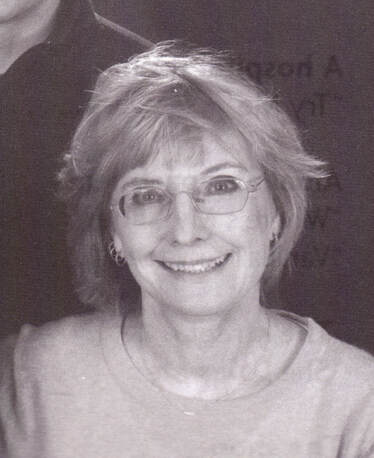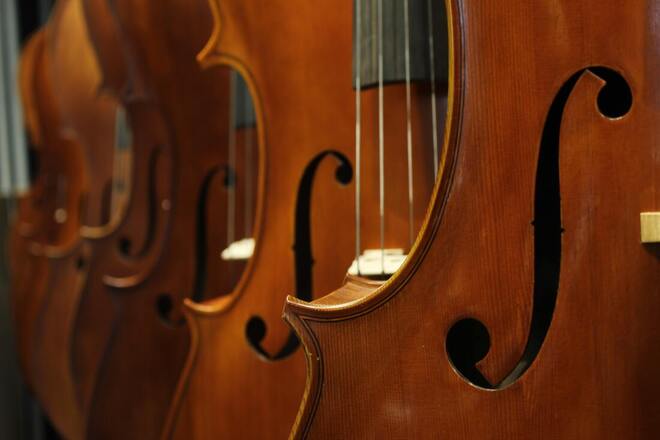|
Notes from Cellist & Conductor Wendy Larson Hello Music Lovers of the Valley, This Bits of Beethoven blog post will examine the symphonic writings of Beethoven during the middle period of his life, sometimes referred to as the “heroic period”. I have chosen to focus on Symphony No. 5 in C minor Op. 67. This symphony reflects Beethoven’s resolution quote, “I will grapple with Fate; it shall not overcome me.” Victory is symbolized by passing from C minor in the opening movement to the brilliance of C major in the last movement. To help us more clearly understand the magnitude of this symphony, I have asked Wendy Larson, cellist and former conductor of the Symphony of the Valley, to share with you her challenges and rewards in conducting this work. Here are her reflections.  Wendy Larson, cellist and former conductor of the Symphony of the Valley. Wendy Larson, cellist and former conductor of the Symphony of the Valley. Conducting Beethoven's 5th Symphony Beethoven’s Symphony No. 5 in C minor Op. 67 was written between 1804 and 1808. The symphony’s four-note opening motif, in particular, is known worldwide. It appears frequently in popular culture, from disco versions and rock and roll covers, to uses in film and television. Even school children who know nothing about this work can hum them with ease. When I was pondering the performance of this symphony with my amateur community orchestra, I took many things into consideration; the ability of the players, their playing experience and music maturity. Could this little orchestra really do justice to this monumental piece? I came to the conclusion that it was accessible and playable by them. I saw the player’s eyes light up with excitement when I made the performance announcement and passed out the scores at the first rehearsal. They embraced this incredible opportunity with enthusiasm and motivation. They practiced more on their own, took their parts to their private music lessons for instruction, and listened to different orchestral recordings to absorb the appropriate performance style. As conductor, one of the biggest challenges was communicating what I wanted of my players. Unlike a professional orchestra familiar with this symphony and capable of interpreting the conductor’s baton, I had to explain the baton movements to the orchestra. I realized the orchestra needed to know my interpretation, not just the baton movements, but through my entire body language and facial expressions. Having studied this symphony in conducting school, I worked hard on the famous opening, perfecting my preparation, upbeat, and ictus. The orchestra became my instrument and I was able to “will” them to do what I wanted. A part of this success can be attributed to the fact that I had gained their respect as a musician and conductor. At the concert, the orchestra rose to a new level of performance. There is a “freshness” to a first time amateur orchestra performance that a professional orchestra may lack. My players played with such heart and spirit I was practically brought to tears. This vitality was conveyed to the audience and a spontaneous standing ovation burst forth as the symphony ended. Many in the audience were listening to this symphony for the first time. What an incredible synergy there was to have first time players and first time listeners. We were experiencing something so special and extraordinary, the great power and beauty of Beethoven’s music. There are so many great recordings of this Symphony. Here is one of my favorites, conducted by Seiji Ozawa and performed by NHK Symphony Orchestra, Japan. -Wendy Larson Wendy Larson was the Conductor and Artistic Director of The Symphony in the Valley from 1994-2008.
As you listen to Wendy’s recommended performance, listen for the four-note motive of the first movement and its appearance in some guise or modification through the other three movements. Attend to the brilliant transition from minor to major that leads from the scherzo into the finale. It begins with timpani recalling the four-note motive and moves gradually to the full orchestra plus trombones blazing a C major chord to swell the finale. VICTORY has been achieved!! You might enjoy this recording of Beethoven’s 5th as well. As Always, Charlotte McLain cmclainbasaltlibrary.org
1 Comment
|
General |
Borrowing |
About |


 RSS Feed
RSS Feed
